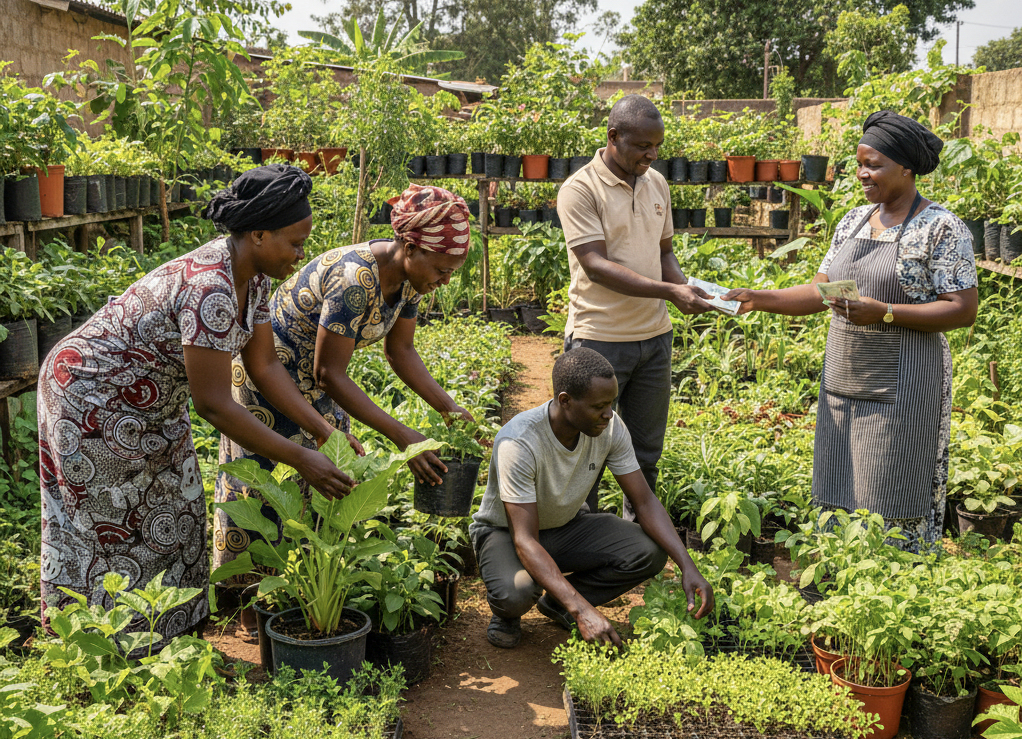The Common Market for Eastern and Southern Africa (COMESA) has an abundance of striking tourist attractions, rich and diverse cultures and breathtaking heritage sites, making the regional economic community (REC) an unmissable location for discerning tourists. “We believe that the number of intra-regional and international tourists visiting the countries will continue to increase. The region is endowed with more than 100 national game parks, home to various types of animals and other species. The region has more than 50 recognised heritage sites,’’ former COMESA Secretary-General Sindiso Ngwenya said.
With adequate investment, tourism in the region has the potential to contribute to poverty reduction, provide foreign exchange and promote foreign direct investment. The COMESA Tourism Development Framework highlights that the sector continues to be a vital part of the region’s primary development strategy due to its status as an export-orientated growth and poverty reduction strategy by regional states.
According to the World Travel and Tourism Council, tourism accounts for 9.2 percent of global GDP and its contribution to employment stands at six to seven percent of jobs worldwide. Since 1999, COMESA member states have been implementing an open skies policy that facilitates increased daily frequencies between and among COMESA countries.
Over the last several years air connectivity across COMESA has improved, served by a growing number of airlines and routes. Furthermore, COMESA is becoming a more highly sought after tourist destination thanks to a wider range of travel packages and more accommodation options to suit different pockets.
Globally the tourism sector is growing and is recognised for its pivotal role in enhancing economic and social development. The United Nations World Tourism Organisation (UNWTO) World Tourism Barometer states that 1.2 billion tourist arrivals were recorded globally in 2016. Africa received only 4.71 percent of these arrivals. The Middle East recorded the least arrivals with 4.34 percent.
In a bid to promote sustainable tourism for development in the region COMESA has created a number of projects and is marketing the region as a single tourism destination. In this vein the “One Market, Countless Destinations” initiative was launched in 2017.
The initiative aims to promote COMESA transboundary tourism packages reflecting diversity of the region through the creation of historical tours, mountain climbing and birding tours, among many other activities.
The COMESA Sustainable Tourism Framework covers a range of strategies to liberate trade in tourism across the region.
While COMESA and the African continent in general are seeing increased tourist arrivals from Europe and North America, it is important to also pay close attention to the regional market segment and develop affordable products that will increase inbound tourism in COMESA.
One major challenge has been the lack of knowledge about what neighbouring countries have to offer and how this can be explored further to create more revenue for the region. This has led to the development of a regional tourism handbook, The COMESA Tourism and Heritage Wildlife Handbook to fill the knowledge gap.
‘’The COMESA Tourism and Wildlife Heritage Handbook is a tool to market the region as a single destination that offers sights and sounds that are of quality, affordable and also informative of our cultures and histories as Africa,’’ said COMESA Business Council (CBC) chairperson, Dr Amany Asfour.
She also added: “This industry has a multiplier effect on so many sectors in the region and impacts the lives of players in the agricultural sector, ICT and medical services industry, hospitality industry, retail markets and the like.”
It is forecast that the next ten to twenty years will see over fifteen countries in Africa move from low to middle income economies – significantly increasing disposable incomes. This, combined with improved logistics is expected to lead to increased tourism potential from neighbouring countries. In an effort to tap into this golden opportunity, COMESA is providing vital regional information on what people are missing from neighbouring countries. International tourists are also being encouraged to expand their interests to more than one country. This is where the region needs to actively work together to develop transboundary tourism packages that appeal to various consumer pockets.
‘’To date, transport efficiency has greatly improved with more than ten regional and international air carriers at the customer’s disposal, road, rail and maritime networks operating to exemplary capacity and improved ICT and telecommunications networks to facilitate travel,’’ she elaborated.
Indeed, as CBC CEO, Ms Sandra Uwera, rightfully observes, the public sector must not leave tourism development to the private sector alone but work together as partners in development. A specialised private-public mechanism for tourism development must be structured to capture the sustainability, conservation and profitability of the industry at a national, regional and global scale.
‘’The public-private partnerships must further promote strategies that will emphasise on quality tourism products to be offered and that guarantee the satisfaction of tourists and make them long for more and more visits to our region’’ she reiterated.








